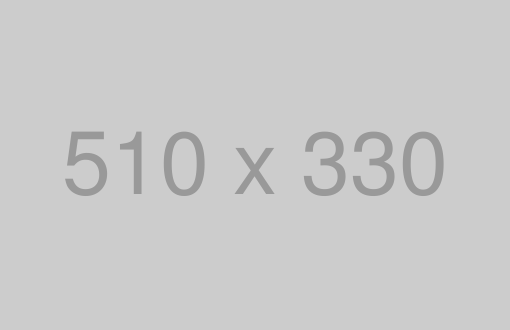Raja Dinkar Kelkar Museum

Raja Dinkar Kelkar Museum
Shukrawar Peth, Pune, Maharashtra
India 411 002
The Raja Dinkar Kelkar Museum is the one-man collection of Padmashree Late Dr. D.G. Kelkar (1896 -1990). The Museum depicts the tradition and culture of India. The endeavour to set up a Museum started way back in the year 1920, when Dr Kelkar started collecting artefacts to be displayed in the Museum to provide a cultural insight and to present the Indian craftsmanship across the nation.
The Raja Dinkar Kelkar Museum was built with an aim to provide an uncanny vision of antiques and various arts and crafts to the citizens from the world over. The Museum is divided into 8 galleries, 42 sections and boasts of over 21,000 priceless artefacts. Each objet d’art reveals the powerful creative craft of its unknown creator and satisfies the inquisitiveness of several art enthusiasts.
About the collection: Most of the items, that make up the collection of the Museum, date back to somewhere between 17th and 19th century. At present, only 2500 items have been displayed for public viewing. The museum presently houses a vast collection of items from all parts of India, including architectural fragments, sculptures, paintings and innumerable small objects associated with everyday life of common Indians such as ivory and wooden combs, pots, lamps, pens, ink stands, kumkum boxes and even ornamental foot scrubbers etc. The museum also houses carved wooden doors and windows from Rajasthan, Gujarat, Kerala and Karnataka. The museum’s main attraction the “Mastani Mahal”, originally built by Bajirao Peshawa I between 1730 – 34. A large variety of textiles is presented on the Second Floor Galleries. There is also a remarkable range of brass lamps, figurines, ink pots, ritual spoons and betel nut crackers. Musical instruments and painted textiles are seen in the extension of the Galleries in the other half of the Museum. The second half of the Ground Floor Galleries, displays precious Ivory Objects such as Betel Boxes, Pen Boxes, Chess Set adjoining with a Hall displaying incredible carved wooden doors and windows, couple of dating to Peshwa times.